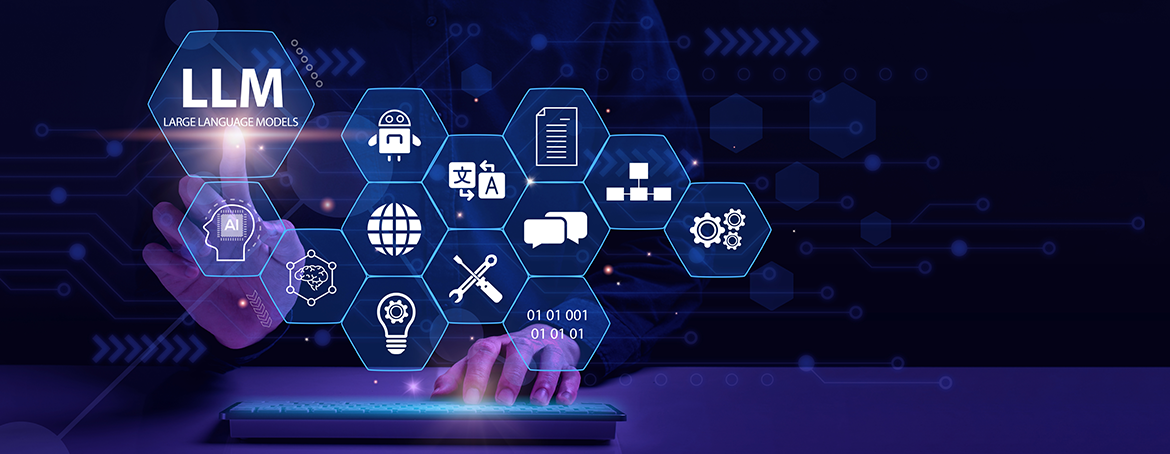Maximizing Data Potential: Retrieval-Augmented Generation with Large Language Models (LLMs)
Large Language Models (LLMs) excel at providing answers based on the data they’ve been trained on, typically sourced from publicly available content. However, enterprises often seek to utilize LLMs with their proprietary data. This is where Retrieval-Augmented Generation (RAG) comes into play.
What is Retrieval-Augmented Generation (RAG)?
Retrieval-Augmented Generation (RAG) is an advanced AI framework that enhances the capabilities of LLMs by incorporating external data sources. Instead of solely relying on pre-trained knowledge, RAG enables models to fetch relevant information from proprietary databases, enterprise documents, and knowledge repositories to generate more accurate and context-aware responses.
Key Benefits of RAG for Enterprises
Enhanced Accuracy:
By integrating real-time data retrieval, RAG reduces hallucinations and improves the reliability of generated responses, ensuring businesses receive precise information.
Customization & Control:
Enterprises can fine-tune LLM outputs based on domain-specific data, ensuring the model aligns with industry regulations and organizational needs.
Improved Knowledge Management:
RAG bridges the gap between structured and unstructured data, allowing businesses to extract insights from diverse data sources while keeping proprietary information secure.
Implementing RAG in Business Operations
Businesses are leveraging RAG in various ways to optimize workflows and decision-making processes:
1. Enterprise Chatbots & Virtual Assistants
AI-powered chatbots enriched with RAG can provide accurate responses based on real-time company data, improving customer service and internal support.
2. Legal & Compliance Document Analysis
Organizations can use RAG to analyze legal contracts, compliance documents, and policies, ensuring accurate interpretation and adherence to regulations.
3. Financial & Market Research
Financial analysts and market researchers can leverage RAG to generate insights by retrieving the latest reports and industry trends.
Challenges & Considerations
While RAG offers substantial benefits, enterprises must address challenges such as data security, latency in retrieval, and fine-tuning models for domain-specific accuracy. Ensuring robust indexing and retrieval pipelines is critical for successful implementation.
Conclusion
Retrieval-Augmented Generation (RAG) is transforming the way enterprises interact with LLMs by unlocking the potential of proprietary data. By integrating real-time data retrieval with generative AI, businesses can enhance accuracy, improve decision-making, and gain a competitive edge in an increasingly data-driven world.





